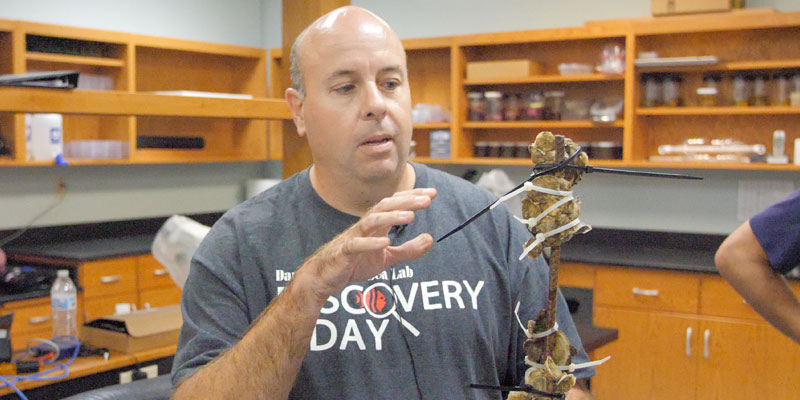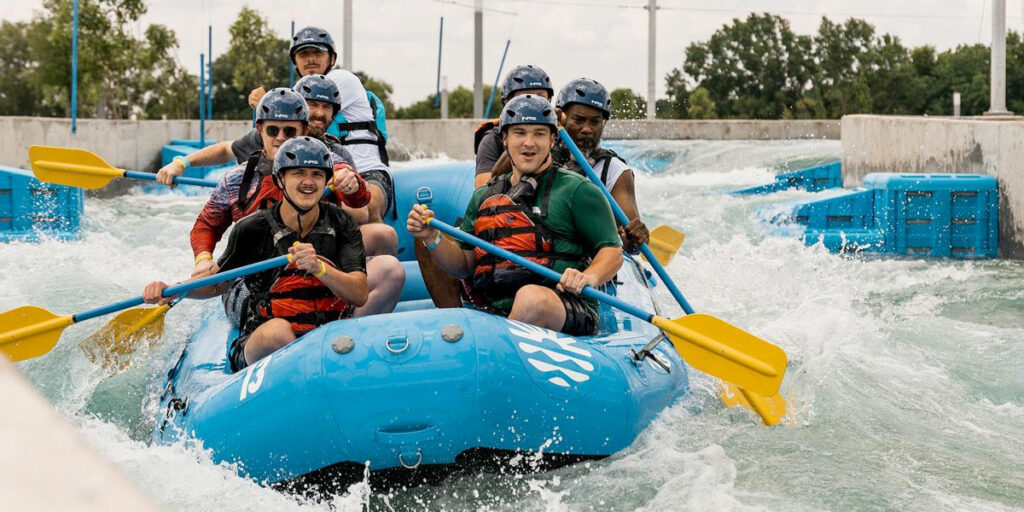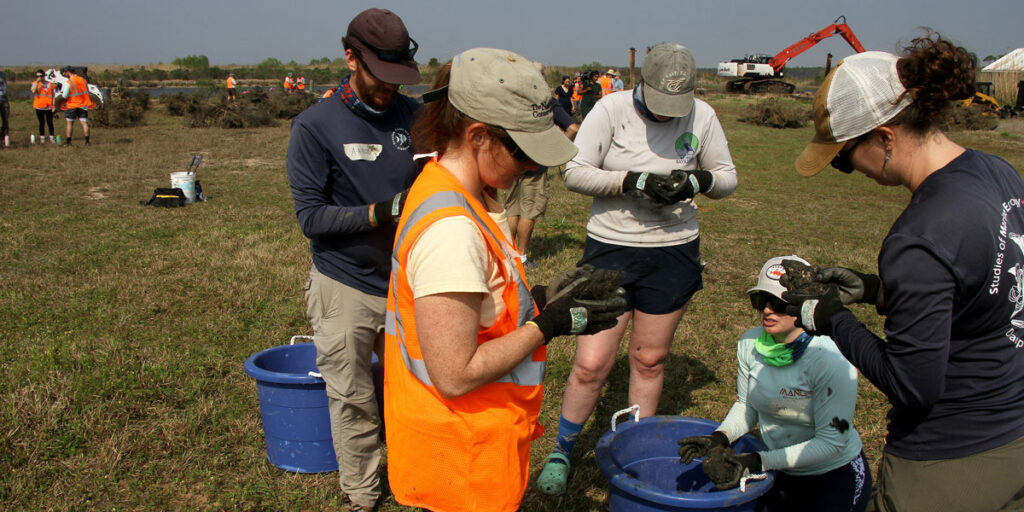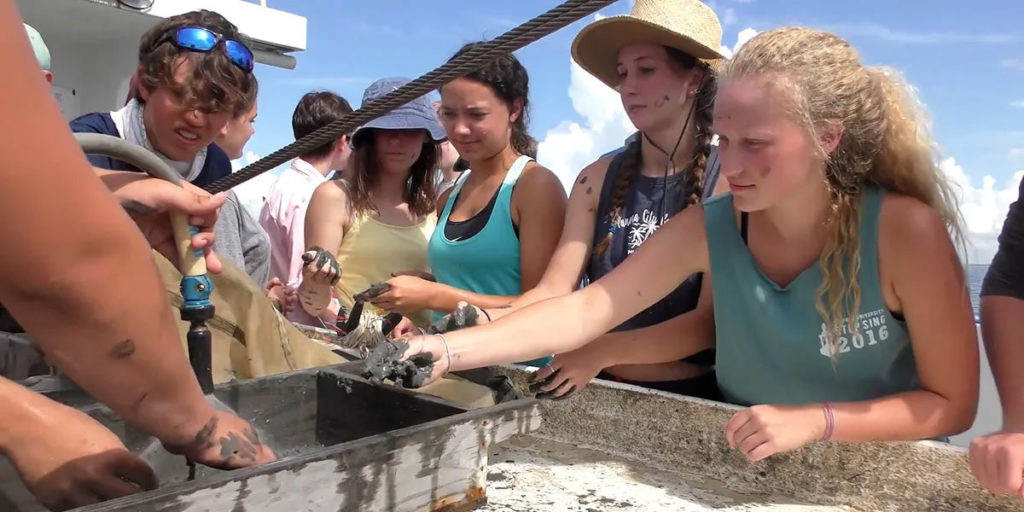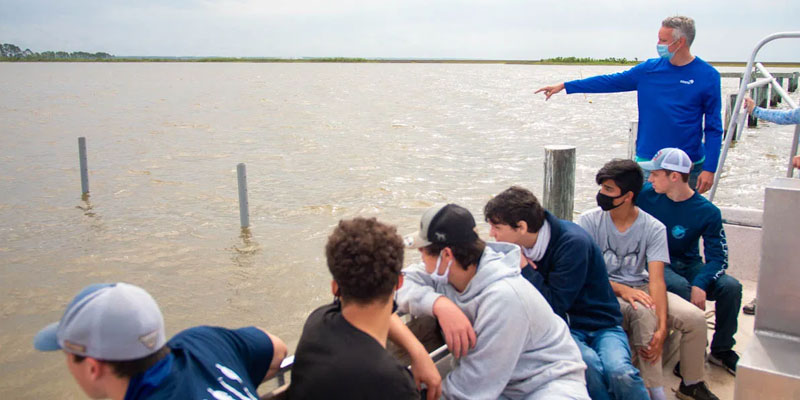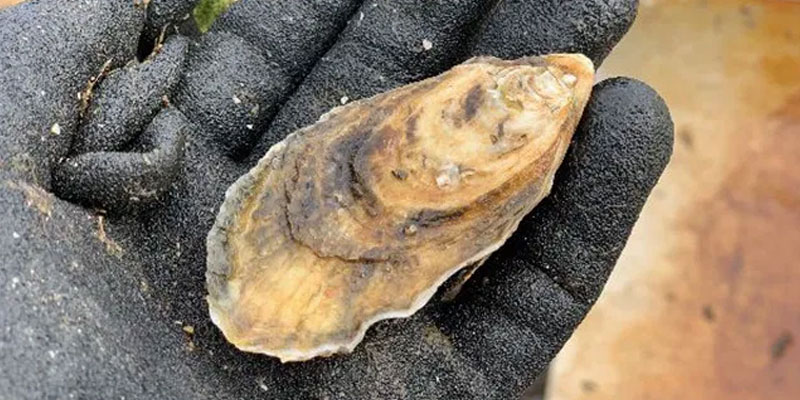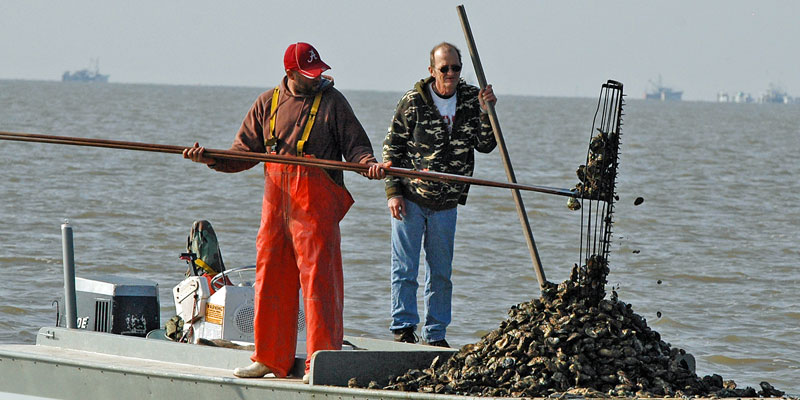A marine scientist at Alabama’s Dauphin Island Sea Lab (DISL) has figured out how to help oysters grow heavier and stronger shells, a discovery he says will help oysters rebuild their habitats across the Gulf Coast.
Dr. Lee Smee is a senior marine scientist and chair of University Programs at DISL. His team has discovered an oyster builds stronger, heavier shells when it believes predators are nearby.
“For a little ball of snot, they’re pretty smart,” Smee said.
Dauphin Island Sea Lab scientist helping oysters grow stronger shells from Alabama NewsCenter on Vimeo.
Smee’s recent findings determined the simple presence of crab urine is enough to trigger an oyster to build a stronger, deeper shell — a shape that increases their chance of survival by up to 15%.
“Hopefully, we’ll be able to do some chemistry and figure out what the actual molecules are going to be that drive the patterns,” Smee said. “We also know they respond if other oysters are being injured or killed. So, if a crab is eating another oyster, or if you just take an oyster and crush it up, they respond to that as well.”
Smee says he is working with oyster farmers to do more testing on the predator cues. Once he determines which molecules trigger the best reaction in the oysters, he hopes a chemical can be mass-produced and deployed in oyster reefs around the Gulf Coast.
“We want to do the chemistry and figure out what the chemicals are and hopefully that will lead to the hatchery being able to say, ‘add this and this’ to the water,” Smee said. “Then, we want to do this on a big scale and see if it really matters for restoration.”
Smee said he hopes his research will help restore and strengthen oyster habitats across the Gulf Coast.
“Oysters are one of the most important species in the Gulf of Mexico,” Smee said. “They are foundation species. They protect shorelines. They build habitat for other species and protect us from storms and coastal erosion. They filter water. A lot of things we like, like blue crabs and different fish species, count on them for habitat. But, the oysters in Alabama have been disappearing. Harvesting of on-bottom oysters has been closed for a couple of years. We’re hoping our research takes some steps forward to rebuild the fishery and recover some of those important aspects that oysters provide.”
(Courtesy Alabama NewsCenter)




